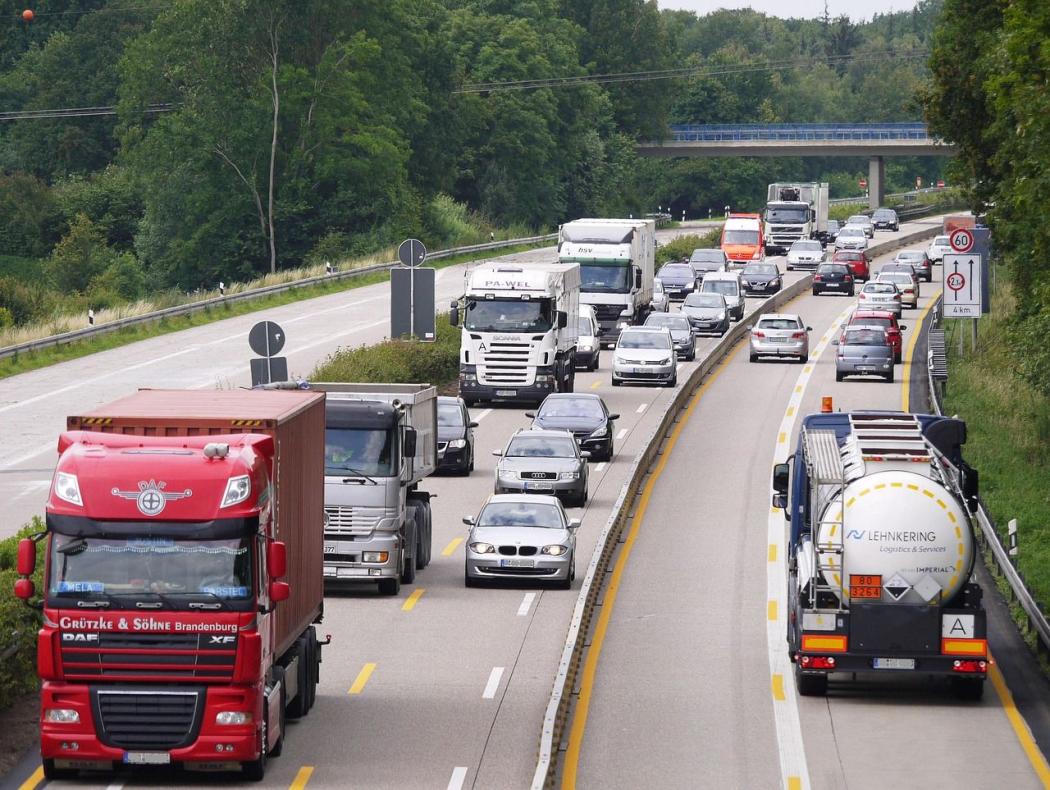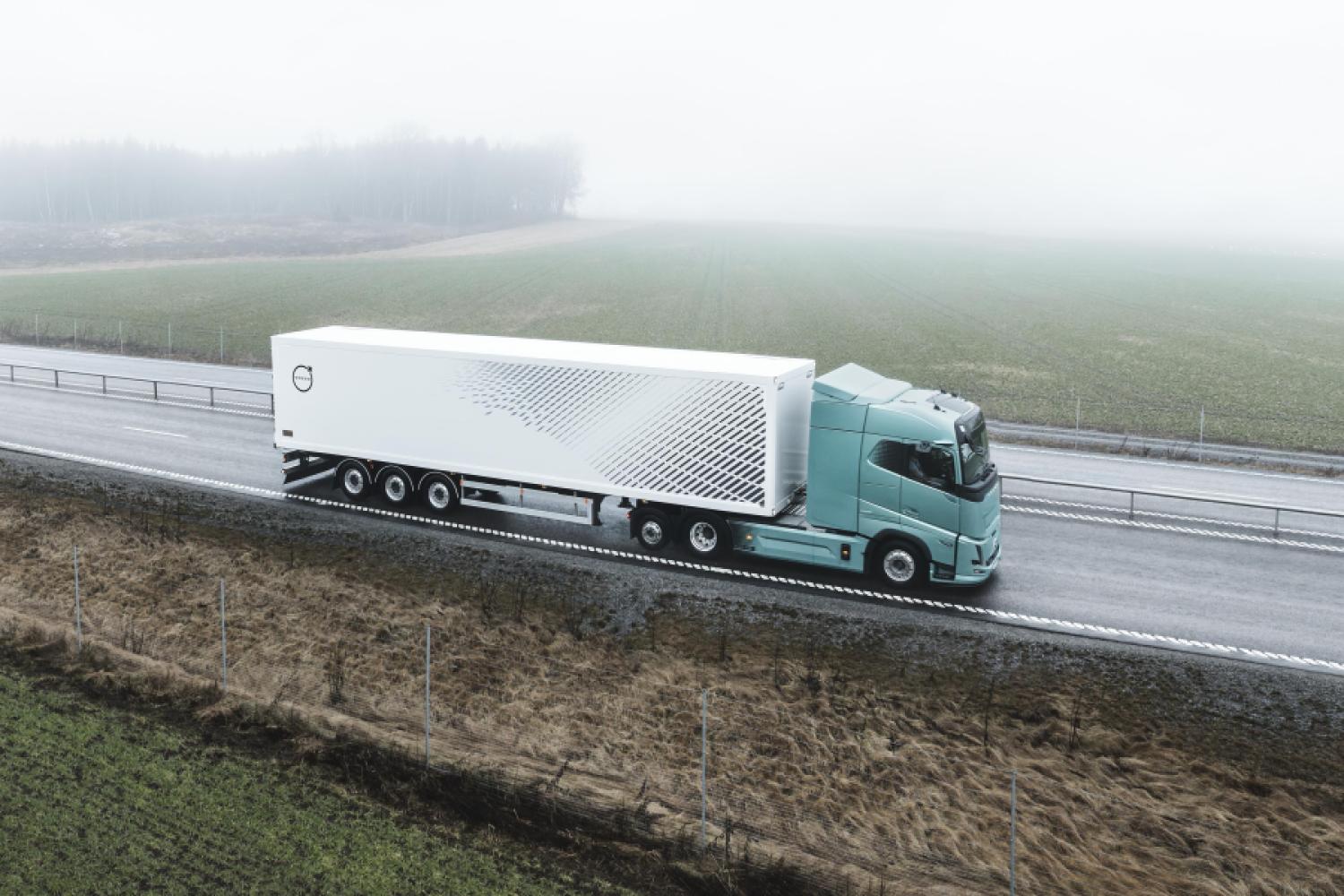The apparent evidence against the rear-ending party is refuted, according to the court, if the preceding vehicle abruptly aborts an already half-executed lane change in the immediate temporal and spatial context of the accident, swerves back in front of the rear-ending vehicle, and brakes its vehicle to a stop there. In this situation, a liability distribution of 50 percent to 50 percent is justified, decided the Higher Regional Court of Frankfurt am Main (OLG) in its judgment of April 29, 2025 (File No. 9 U 5/24).
Construction Site with Narrowed RoadwayIn this particular case, the driver of a Ford Ranger insured by the plaintiff was initially traveling on the left of three lanes of the BAB 45 in the summer of 2021. Due to a construction site, the roadway narrowed
to two lanes. The driver began to switch to the middle lane. Because of the traffic situation there, he, like the vehicle in front, returned to the left lane after reaching about halfway into the middle lane. The vehicle in front then braked to a stop on the left lane. The Ford's driver also braked to a stop for a maximum of one second. The defendant, who was behind the Ford in the left lane, subsequently collided with the plaintiff's vehicle. The damage to the plaintiff's vehicle amounted to just under 60,000 euros.
The regional court had upheld the claim on the basis of 80 percent liability. However, the appeal filed against this led to the defendant's liability being assessed at 50 percent.
The apparent evidence, which generally applies against
the rear-ending party, does not apply in this case, explained the responsible 9th civil senate in their decision. Both the unclear traffic situation and the atypical sequence of events oppose the apparent evidence. Additionally, the apparent evidence is challenged by the fact that the driver of the plaintiff's vehicle abruptly aborted an already half-executed lane change in the immediate temporal and spatial context of the accident.
The driver of the Ford had stated himself that he had not seen the defendant's vehicle in the left lane. This suggests he did not verify the rearward traffic on the left lane before what the plaintiff referred to as the "swerve" maneuver. Furthermore, it was neither presented nor evident that the Ford driver signaled the shift to the left lane with a blinker,
indicating the aborted lane change to following traffic.
"The temporal and spatial context with the failed lane change is still evidently present and was not resolved by the short stop of the vehicle for half a second to a maximum of one second," the senate further explained.
Unclear Traffic SituationHowever, against sole culpability of the Ford's driver, speaks the unclear traffic situation correctly assumed by the regional court concerning the end of the lane used by the defendant and the heavy traffic flow, where "abrupt braking of leading or lane-changing vehicles was always to be expected," explained the senate for the liability distribution of 50 percent to 50 percent.
The decision is not yet legally binding, as an appeal against non-admission can be filed to seek admission of the revision.






